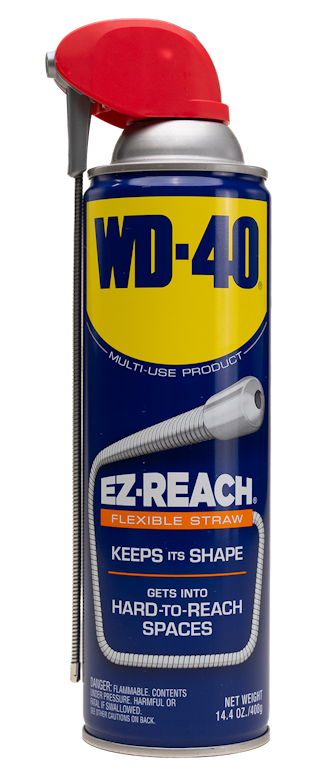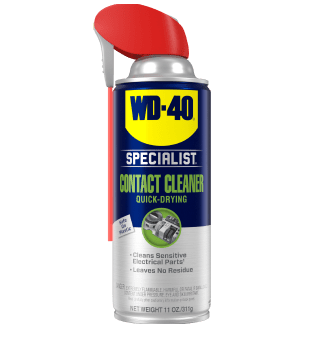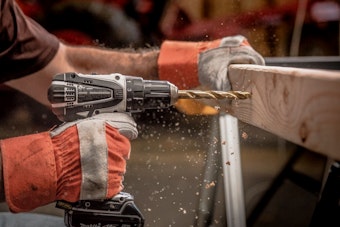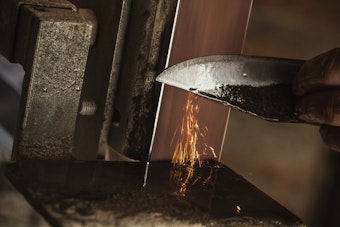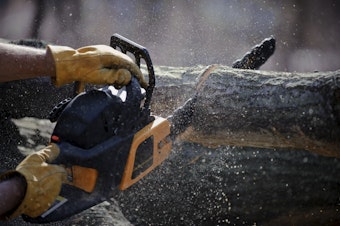How-to Maintain Your Tools: Flashlights
How-to Maintain Your Tools: Flashlights
<< BackLight is critical for precision work and professional care and craftsmanship. Working areas are generally well-lit, but even state of the art facilities generally have flashlights on hand for additional illumination when required (or in case of emergencies). Flashlights are important tools and need maintenance just like others in your arsenal. To make sure you’re not left in the dark when you need it most, read on to discover a few maintenance practices to keep your flashlight functioning as it should.
Why bother?
Despite the fact that a few generations ago flashlights would have seemed a brilliant work of magic, today these items are commonplace. As handy as they are, a simple flashlight also may not seem like it needs much maintenance. While this holds true for cheap flashlights that aren’t going to last long regardless, so does the adage that “you get what you pay for.” A high quality flashlight, headlight, lantern, or other powered and portable light source provides better functionality than inferior products and, like other tools, the lifespan and utility of these objects can be expanded with a little care and attention.
Protection from corrosion
One of the main culprits in causing a flashlight to lose functionality is corrosion from old and dead batteries that can degrade the positive and negative terminals and impede the flow of electricity. Preventative care is best, but you can also restore functionality in many cases. To stop the problem before it starts, you have several options. You can store your flashlight without batteries (be sure to have fresh batteries available when needed), or you can remember to remove or change batteries after they expire. Some people use a tracking system to help with this, such as a sticker or piece of tape on the device that has a written date for when to change batteries.
Certain products can also help to prevent buildup of rust and corrosion on your battery terminals. WD-40® Multi-Use Product is quite useful in this area, and you can use it not only on flashlight battery connection points but others such as you car battery as well. Another product, WD-40 Specialist® Contact Cleaner, is specifically designed for use with sensitive electronics and electrical equipment. The contact cleaner formula dries quickly without an oily residue and can be used on other parts of the flashlight – switches, buttons, panels, even the lens.
Once a battery terminal has been subjected to corrosion and fails to turn on, don’t give up quite yet. Both of these products can aid with restoring the flashlight components to working condition simply by spraying the affected area and removing the corrosion with a small, firmly bristled brush. If this does not work, check with the manufacturer for other simple fixes such as replacing an electrode connection tab before throwing your flashlight away.
Cleaning the exterior
One of the best things about flashlights is they go where we go. The small size and portability allows you to operate in darkness while carrying an external, self-powered light source to press on and get the job done. This also means flashlights get subjected to rough conditions, extreme weather, and other kinds of wear and tear that can leave them dirty and potentially in disrepair. For example, the light of a headlamp may still function but the band is so filthy you don’t want to let it touch your face or hair.
Taking care of the exterior of your device may not be as “flashy” but it also serves a purpose. If your equipment has a metal exterior, such as a Maglite, use the WD-40 Multi-Use formula to wipe it down with a cloth or rag. You’ll restore cleanliness and also add a light layer of protection against rust. Similarly, with cloths, straps, elastic bands, or other fabric-based components that are detachable, use soap and water with a brush or towel to rub away unwanted stains and grime. For grooves and hard to reach places on your flashlight, take out a firm bristled brush (or a toothbrush) to free up particles and dirt from the crevices.
Storing your flashlight
As with most tools, proper storage is part of the maintenance process. Keep your clean and fully restored flashlight ready for use by designating a place for it to “live” in your home (or car, garage, office, shop, etc). You want a place where it’s safe from exposure to the elements (rain, excessive heat & cold), but also a place where you can quickly find it when needed. If a hurricane, earthquake, or other force of nature disrupts your home’s electricity, you’ll want to find that flashlight fast. If you find it and the light doesn’t work because of dead batteries or corroded terminals, well, you’ll remember not to make that mistake again. Do yourself a favor and prepare ahead of time with a well-maintained and properly stored flashlight.
Pro Tip: If the device you’re maintaining has a hard-to-reach area such as the back of a hollow metal tube, you can spray a bottle brush with WD-40 Multi-Use Product to help prevent or free up corrosion particles. Also, don’t forget about WD-40 EZ-REACH and its 8-inch bendable straw – a great tool for accessing tough spots.
FEATURED PRODUCTS
WANT TO GET MORE TIPS AND TRICKS?
SUBSCRIBE TO THE NEWSLETTER
